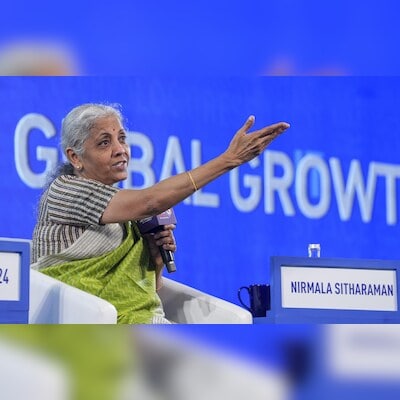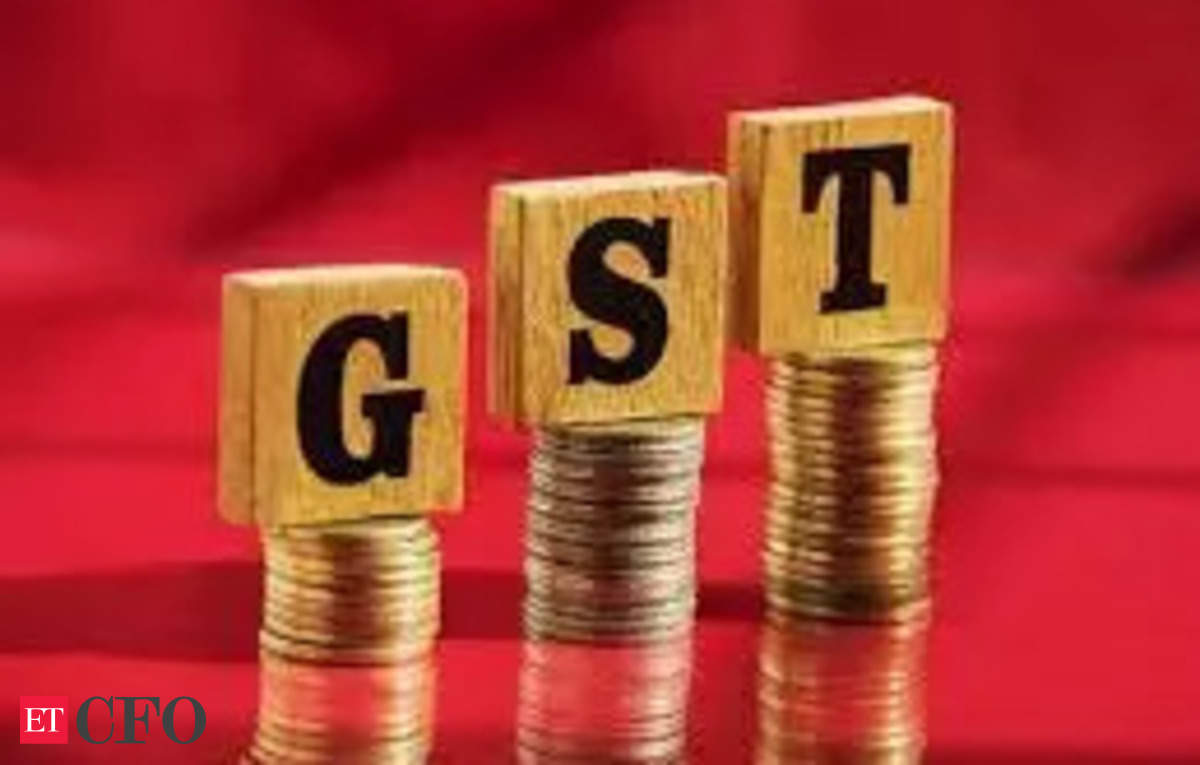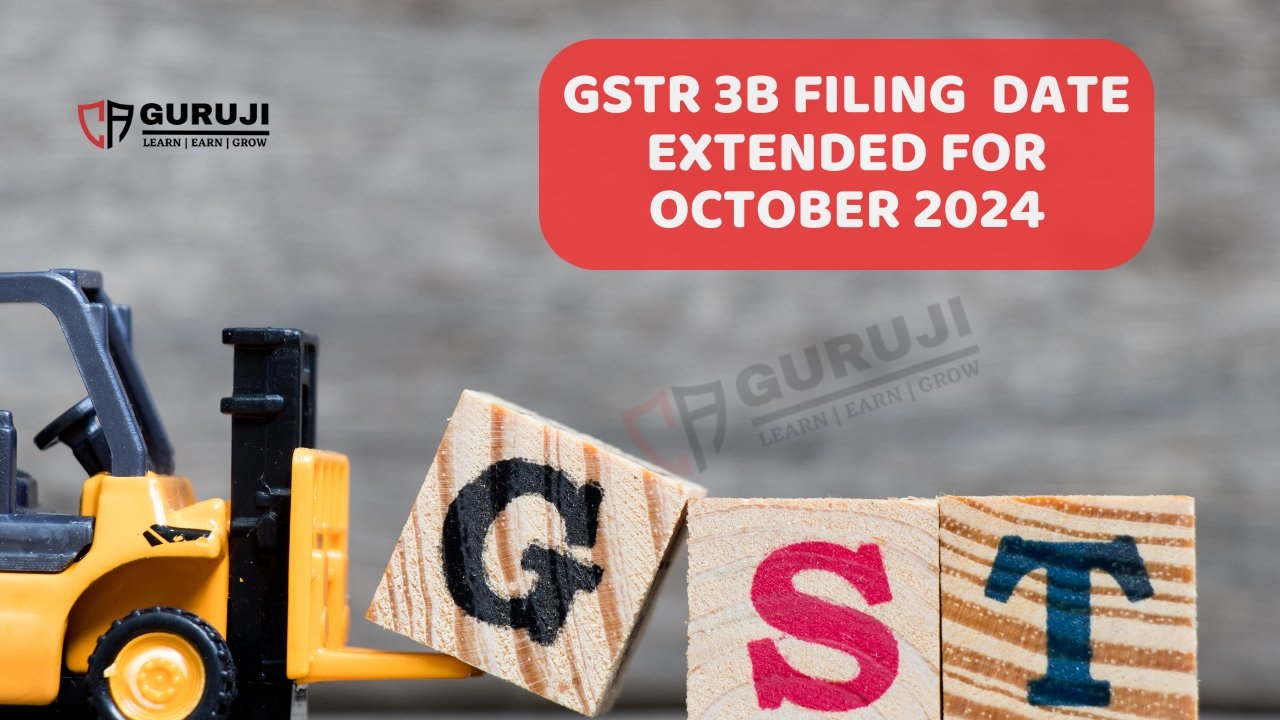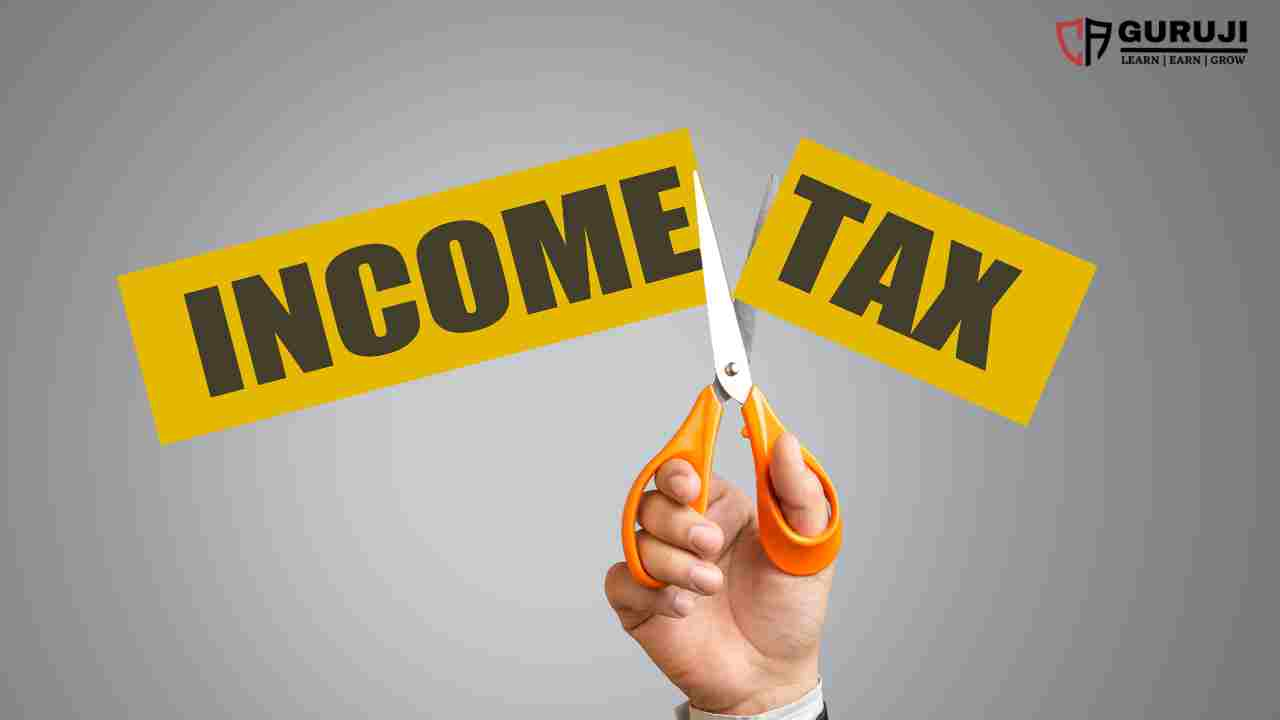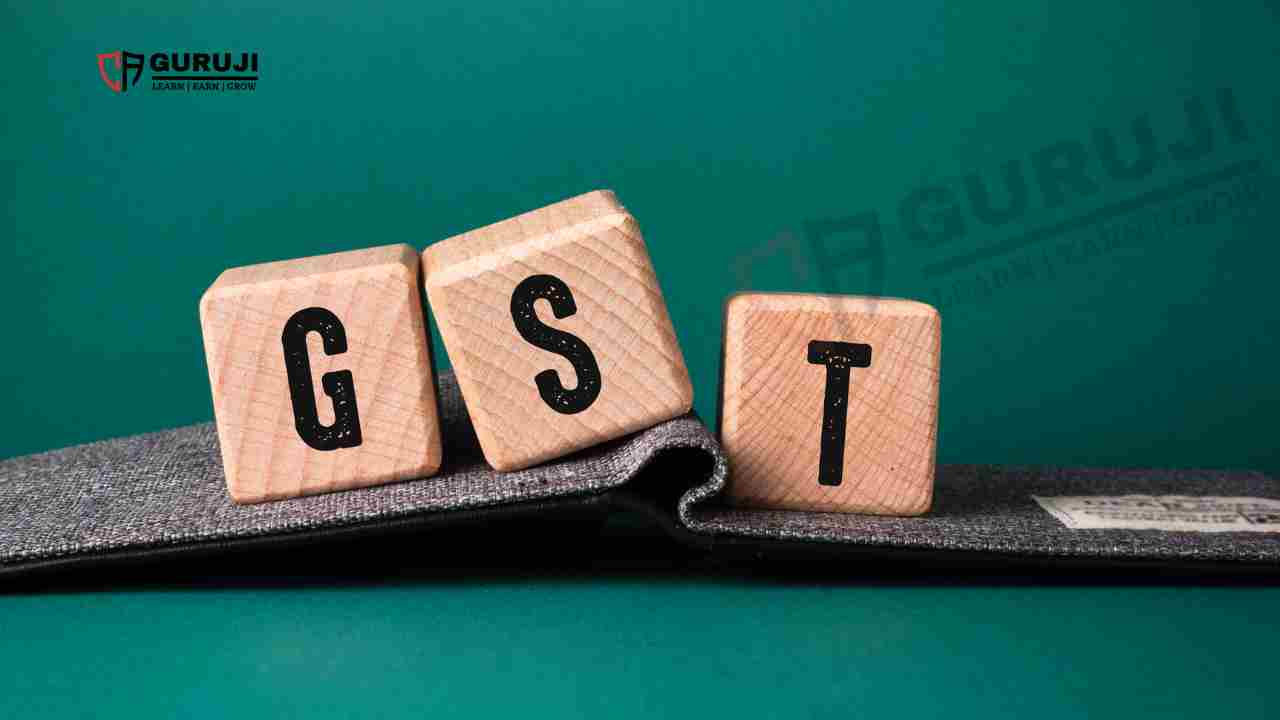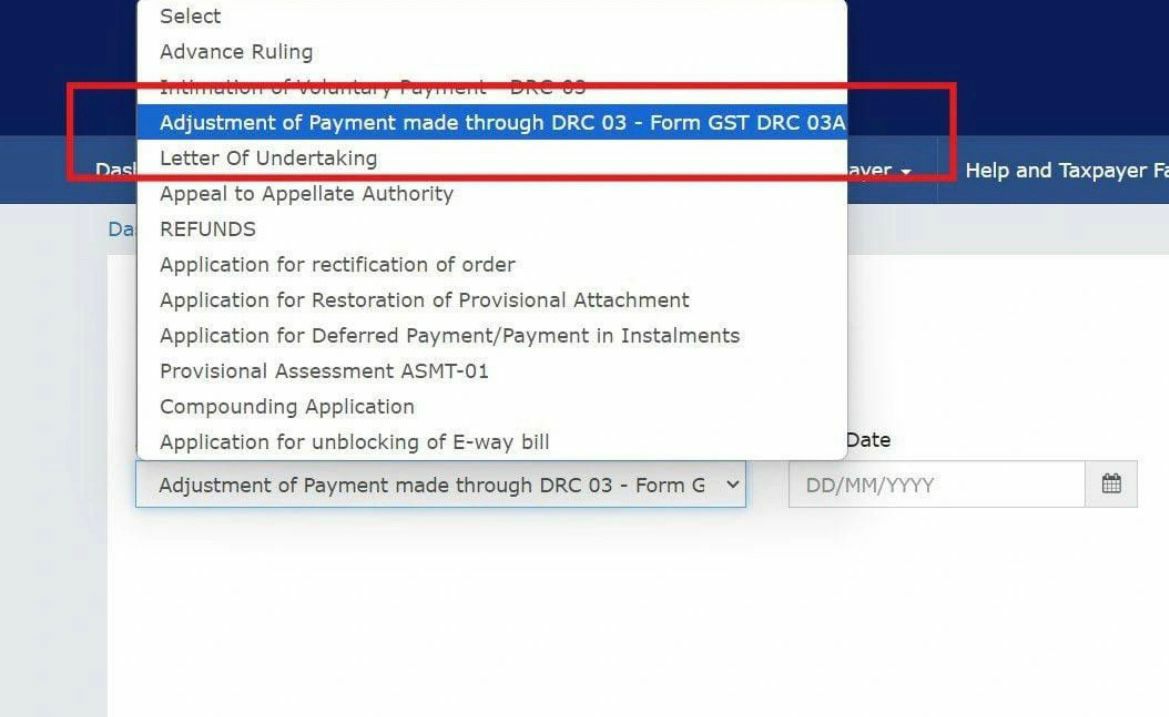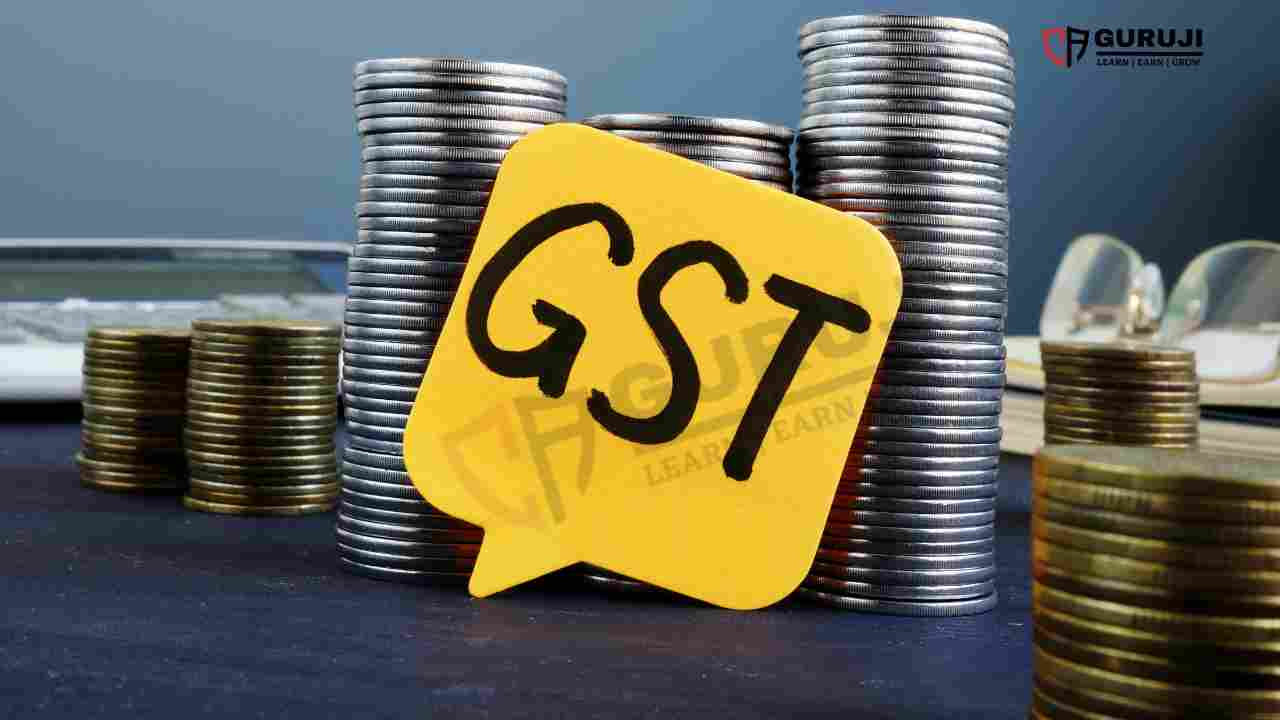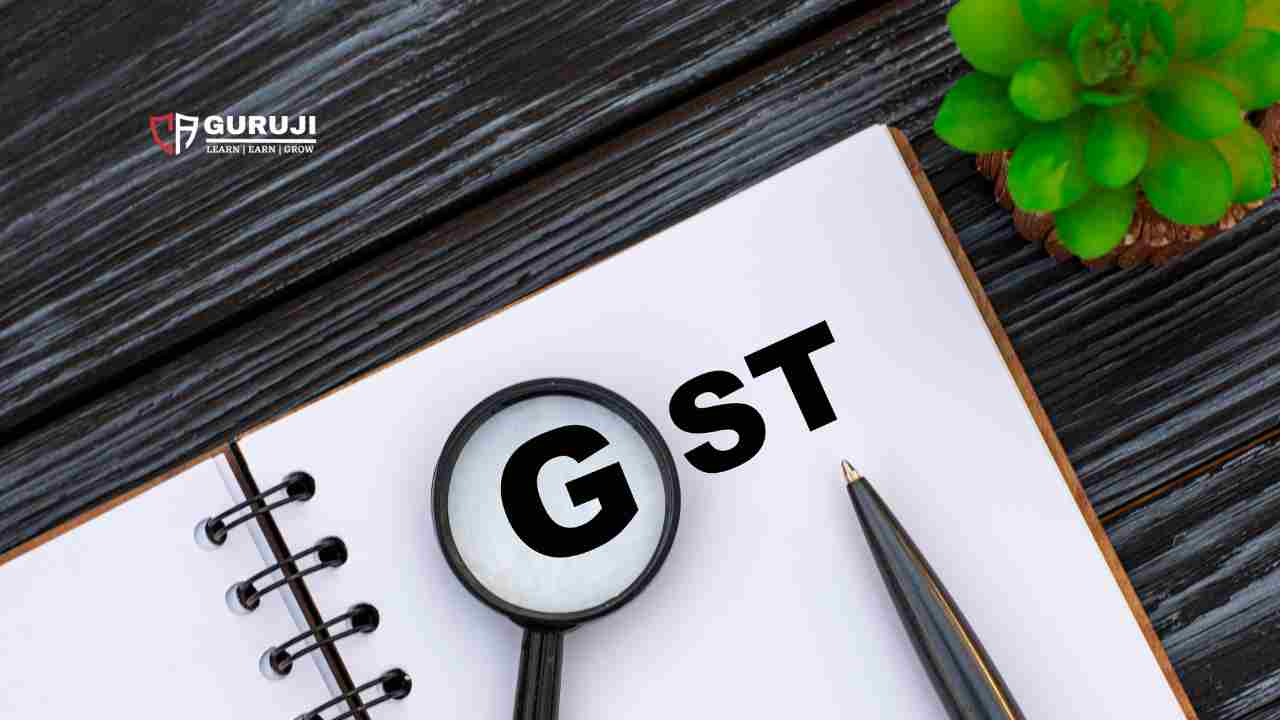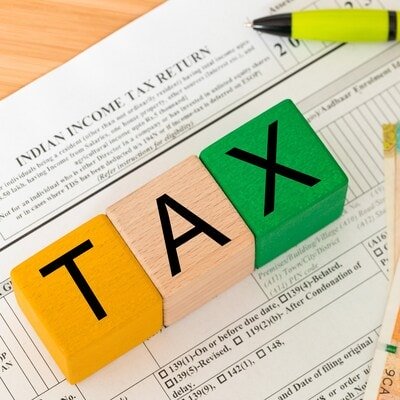Union Finance Minister Nirmala Sitharaman (Photo: PTI)
Finance minister Nirmala Sitharaman on Monday dismissed concerns that rising goods and services tax (GST) collections were solely benefiting the Centre. She explained that the indirect tax system boosted states’ revenues by over Rs 9 trillion between 2018-19 and 2022-23 compared to the amounts that would have been collected through the earlier subsumed taxes.
“It is a myth that all GST collections are pocketed by the Centre,” she wrote on X, a social media platform, noting that GST significantly contributes to state revenues.
States receive 100 per cent of the state GST (SGST) collected within the state, around 50 per cent of the integrated GST (IGST), and 42 per cent of central GST (CGST) through devolution based on the Finance Commission’s recommendations, she pointed out.
“Despite the end of compensation, state revenues remain buoyant at 1.15. Without GST, states’ revenues from subsumed taxes from 2018-19 to 2023-24 would have been Rs 37.5 trillion. With GST, states’ actual revenue amounted to Rs 46.56 trillion,” she said.
Overall, GST has improved tax buoyancy from 0.72 per cent in the pre-GST period to 1.22 per cent during 2018-23, the finance minister highlighted.
Earlier, former chief economic advisor Arvind Subramanian had used the different parameter of GST-GDP ratio to say that the collections have not exceeded the pre-GST level during 2023-24. At 6.1 per cent of GDP, the GST revenue for FY24 has still (after 7 years) not surpassed pre-GST level.
Despite recovery from the pandemic & better implementation, GST revenue for FY24 @ 6.1 % of GDP has still (after 7 years) not surpassed pre-GST level
Sitharaman emphasised that GST exemplifies cooperative federalism and has also empowered states. “Out of 52 meetings, all decisions but one were reached through consensus. As chairperson of the GST Council, I have ensured all states’ voices are equally heard without bias,” she said.
She praised the new tax system for being pro-poor and beneficial to 4.4 million small taxpayers and micro, small and medium enterprises (MSMEs).
Sitharaman stated that the revenue-neutral rate (RNR) of GST has been consistently falling since 2017, reflecting that it is a pro-poor system, despite collections rising.
The RNR was initially suggested to be 15.3 per cent but was 14.4 per cent in 2017 and further declined to 11.6 per cent in 2019.
Despite this and the impact of Covid-19 on revenues, GST collections as a percentage of gross domestic product (GDP) have now reached pre-GST levels, both net and gross, she said.
“This demonstrates that the Centre and states, collectively, through better tax administration, are able to collect the same revenue with a lower burden on our taxpayers,” she asserted.
The finance minister said GST has lowered taxes on many essential items compared to the pre-GST period. “Common items like hair oil and soaps saw a tax cut from 28 per cent to 18 per cent, and electrical appliances are taxed at 12 per cent versus 31.5 per cent previously. Movie tickets were also taxed at a lower rate,” she said.
She added that the National Anti-Profiteering Authority has ensured that companies pass the benefits of GST rate rationalisation to consumers.
In addition, GST has exempted many essential items and services, such as unbranded food items, certain life-saving drugs, healthcare, education, public transport, sanitary napkins, hearing aid parts, and agriculture services.
She praised the GST system for simplifying complexities and helping millions of small taxpayers and MSMEs through quarterly returns with a monthly payment scheme.
Meanwhile, the finance minister administered the oath to Justice Sanjaya Kumar Mishra as president of the GST Appellate Tribunal (GSTAT), describing it as the second milestone after GST collections surpassed the Rs 2 trillion mark in April.
Visit www.cagurujiclasses.com for practical courses
